The first patter of raindrops should not signify a standstill in construction work; instead, it's a call to arms, or rather, a call to raingear! Stepping on a construction site, braving the elements is no mean feat. Rain, in particular, raises a torrent of issues ranging from decreased visibility, slippery surfaces, dampness, cold, to productivity hampering. It's crucial for every construction worker to have high-quality rain gear on hand, turning the rainy nuisance into a non-issue. This guide will help you understand the rainwear market, identify the features you should look for in construction rain gear, and explore breathable versus non-breathable options, high-visibility workwear, waterproof breathable membranes, design elements, and specialized rain gear types.
Overview of the Rainwear Market
Rain, while a welcome respite to our environment, often poses a significant inconvenience to outdoor enthusiasts, athletes, construction workers, and everyday commuters. As discomfort leads to demand, we're witnessing the growth of the rainwear market. It is predicted that the global rainwear market will reach a value of US$2.2 billion by the year 2031. This forecasted growth is further complemented by the increasing performance, durability, and style improvements seen across many of the top rain gear brands.
Global Rainwear Market Growth
The figures pertaining to the global growth of the rainwear market are impressive, to say the least, and hint at an expanding space for established brands, start-ups, and innovative designers to make their mark. As the years roll on, more and more people are catching onto the importance of a reliable rain garment - not only for protection but also for year-round comfort. It's this evolution in consumer perception, coupled with improved manufacturing techniques, that's cementing the predicted market worth of $2.2 billion by 2031.
Fastest-Growing Market Segment
Different regions of the world have varying demands and uses for rainwear, thereby creating distinct market trends and growth rates. Amid this spectrum of regional performance, the Asia Pacific is donning the crown of the fastest-growing rainwear market segment. It's projected to flaunt a compounded annual growth rate (CAGR) of 5.4% during the ten-year period from 2022 to 2032. Boosted economies, increasing disposable incomes, and unpredictable weather conditions can be attributed as potential factors for this accelerated growth in the Asia Pacific region.
Revenue Estimations
With the potential growth of the rainwear market, it's expected that revenue from the Coats & Jackets segment will rise too. It is estimated that by year 2024, per person revenue in the Coats & Jackets market could reach US$6.68. This projection underscores the mounting popularity and profitability of the distinct sub-category of rainwear; Coats & Jackets.
This wide-reaching overview of the rapidly-expanding rainwear market is emblematic of the shifts we're seeing in consumer behavior - driven by changing weather patterns, heightened aesthetics, and improved product quality. Even as we brace for additional rainy days ahead, it's clear the rainwear industry is in its prime, promising abundance in both profit and high-quality garments. With the right components - creative design, superior quality, and purposeful branding, the rainwear market is poised to continue its upward trajectory.
Ideal Features of Construction Rain Gear
Working in the construction field involves dealing with varying weather conditions. One of them is rain, which can make the working environment challenging and uncomfortable. The ideal solution here is to wear appropriate construction rain gear. But one might wonder, what makes the perfect rain gear, and what features should it have? Good construction rain gear should have specific elements like taped seams, adjustable cuffs, hoods, and zipped vents. This article will explore these features in detail to give you a comprehensive understanding when choosing your next piece of rain equipment.
Taped Seams
Seams are the most susceptible areas to let water in on a rainy day. Taped seams come into play here. They act as a protective barrier, ensuring no water penetrates through your gear's joints, thereby keeping you dry. When selecting your rain gear, it's advisable to look for sealed or taped seams.
Adjustable Cuffs and Hoods
The ability to adjust your gear can make a world of difference amid a downpour. Adjustable cuffs and hood play a vital role in keeping water out, especially in windy conditions when the rain may come in from different angles. A tightened hood and cuffs also ensure retaining body heat, an added advantage in cold weather.
Zipped Vents
Let's not forget the aspect of breathability while looking for an all-weather proof gear. That's where zipped vents come into the picture. While the outer shell of your rain gear keeps the water out, zipped vents allow air circulation to prevent overheating and maintain comfort. A good rain gear design would incorporate zipped vents strategically, like under the arms, to promote maximum breathability.
Choosing the right construction rain gear does not merely focus on keeping the rain out. It includes considering features that boost comfort, flexibility, and overall protection. In addition to taped seams, adjustable components, and zipped vents, you may consider other aspects like durability, visibility features, and the gear's weight. The goal is to ensure that you remain dry, cozy and safe while delivering your best performance at the construction site, rain or shine!
Breathable vs Non-breathable Rain Gear
When picking out your rain gear, the main choice will usually boil down to one crucial consideration: breathable or non-breathable? This question is more than just a matter of preference; it heavily depends on individual needs. From those wanting to stay dry during a brisk walk to the store to the hardcore outdoor enthusiasts hiking through a torrential downpour, your rain gear should match your lifestyle and climate.
Comfort Factor
Rain gear comfort isn't just about feel; it's about practicality. Breathable rain gear, compared to non-breathable options like rubber, is designed with comfort in mind. It maintains a balance between keeping you dry and ensuring your body doesn't become overheated.
- Breathable rain gear allows for cool air to pass through while keeping the rain out. This design results in a comfortable wearing experience, vital during long hikes or periods of increased physical activity.
- Alternatively, non-breathable rain gear, usually made from materials like vinyl or rubber, excels at keeping the rain out but may lack in moisture wickability. They are suitable for less active ventures, such as standing on the sidelines of a football game or walking a short distance in the rain.
Moisture Control
Another critical aspect to consider is moisture control. No one enjoys feeling like they're wearing a mobile sauna. And this is where breathable rain gear shines.
- Breathable rain gear, due to its unique material properties, reduces sweating by allowing excess heat and moisture from your body to escape.
- Non-breathable options, in contrast, can turn into a steamy mess when you exert yourself. They are, however, unbeatable in conditions where staying dry is paramount, like fishing boat trips or heavy thunderstorms.
So when it comes to choosing between breathable and non-breathable rain gear, you'll need to consider your comfort requirements, activity level, and the weather conditions you anticipate encountering. Sometimes, having one of each in your outdoor wardrobe will ensure you're ready for whatever Mother Nature throws your way. The world of rain gear is diverse, and appreciating the nuances can make all the difference in your comfort and dryness.
Role of High-Visibility Rain Gear
When it comes to ensuring worker safety, providing the right personal protective equipment (PPE) is of utmost importance. In environments where visibility is compromised such as foggy, rainy, snowy, or evening working conditions - high-visibility rain gear plays a critical role.
High-visibility rain gear is no ordinary clothing. This type of protective wear is specially designed with brightly colored fabric and reflective materials. It's elbow grease to make workers stand out in all working conditions, significantly amidst undesirable weather, hence increasing visibility.
So, why does high-visibility rain gear matter so much?
- Reduced Risk of Accidents: Invisible or not easily seen workers are a recipe for disaster. High-visibility rain gear ensures they are easily seen, helping to avoid instances of accidental collision or hitting.
- Adherence to Safety Regulations: Safety regulations in many countries mandate the use of high-visibility clothing for certain job roles. Wearing high-visibility rain gear, therefore, ensures compliance with these essential rules.
- Increased Productivity: Believe it or not, the safer the workers feel, the better they perform. And feel extra secure is exactly what high-visibility rain gear does - it boosts their confidence in carrying out their tasks, hence increasing productivity.
"Safety brings first aid to the uninjured; it’s better to be safe than sorry." - Author Unknown
To put it simply, high-visibility rain gear is an absolute essential and a life-saving tool for people working in compromising conditions. It's a clear line between being seen or unseen, between safety and danger. Respectively, it is a big tick for both workers and employers, providing peace of mind and safety simultaneously. When the choice is between supporting worker safety or risking severe accidents, high-visibility rain gear clearly stands out as the smart and responsible choice.
Waterproof-Breathable Membranes in Rain Gear
Hiking, camping, or just stepping out during a downpour, dealing with wet and damp conditions is an undeniable part of outdoor adventures. Thankfully, innovation in fabric technology has given us waterproof-breathable membranes, a practical solution to stay dry while not getting trapped in our own sweat. These ultrathin films come with a seemingly magical property - they effectively keep the rain out while allowing body heat and sweat to escape.
Properties and Uses
There's more to these membranes than meets the eye. Let's delve into their properties and everyday uses:
- Exceptional Weather Protection: The primary function of these membranes is to provide resistance against water and wind. Designed carefully at a microscopic level, these ultrathin films prevent raindrops from seeping in, keeping you dry even during a heavy downpour.
- Breathability: Contrary to popular belief, staying dry is not just about fending off external moisture, but also about managing the internal one (read: sweat). The nanoscale pores in these membranes are small enough to prevent water droplets from getting through, but large enough to let vaporized sweat escape.
- Versatility: This technology is not limited to just rain gear. You can find it in shoes, gloves, and even tents. Regardless of where it's applied, it adds immense value by ensuring comfort and dryness.
"Innovation distinguishes between a leader and a follower." - Steve Jobs
As the quote suggests, the birth of waterproof-breathable membranes has revolutionized outdoor gear. This advancement goes beyond providing comfort; it ensures safety, enhances performance, and makes your outdoor experience more enjoyable.
Don't let the fear of rain or a sweaty adventure hold you back. Learn more about how this integral part of your gear functions and is made. By understanding your equipment, you can better prepare for your outdoor exploits and fully appreciate the science that goes into keeping you dry and comfortable. Remember, knowledge is power, and in this case, it is also the shield against the elements!
Key Design Elements in Rain Gear
Rain gear has evolved significantly over the years, adapting to the needs of the user while keeping pace with advancements in material science. It's crucial to consider key design elements that contribute to the overall functionality and effectiveness of rain gear. These vital features include hood designs and venting systems that enhance protective qualities while ensuring optimal comfort. This can be seen in elements such as a well-designed hood that protects the head and face without restricting vision or movement, along with appropriate venting systems.
Hood Design
A hood establishes the first line of defense against rain, playing a dominant role in safeguarding the head and face. The artistry behind a well-crafted hood lies in a unique blend of precision, ergonomics, and aesthetics.
Uncompromising features of a good hood design include:
- Full Coverage: A robust hood should ward off rainwater entirely, preventing it from cascading down onto your face and neck area. The coverage should be adequate to protect without hindering your vision or movement.
- Adjustability: A properly designed hood allows for adjustability to ensure a snug fit. This could be achieved by drawstrings or elastic regions that help tailor the hood to your head’s contour.
- Visor or Brim: The presence of a brim or visor can ensure that water does not trickle into your face but rather courses away. This not only contributes to comfort but maintains clear visibility during a downpour.
Venting Systems
Accurate ventilation systems in your rain gear can be the difference maker between staying dry or ending up feeling clammy and uncomfortable. Venting systems manage moisture levels within your gear, maintaining a favorable climate for your comfort.
Ingenious characteristics of top-end venting systems encompass:
- Underarm Zips: These are perfect for releasing excess heat and moisture without having to unzip your rain gear. Known as pit-zips, they are a common feature in many rain jackets.
- Mesh Panels: These are often placed in strategic locations where heat typically gets trapped, such as the back or underneath the arms. The mesh allows for a hassle-free escape route for heat and moisture.
- Double Zips: Often seen on outer garments, double zips can be opened from the top or bottom, catering for efficient heat regulation while offering flexibility in movements.
In the quest to keep dry during wet weather conditions, the right rain gear can make all the difference. As we've uncovered, several design elements contribute significantly to the performance of these indispensable items. Whether it's a well-designed hood for adequate protection and visibility or a high-tech venting system for comfort and breathability, each has its role in ensuring you remain dry and comfortable. So make sure to consider these features when you're next in the market for high-quality rain gear.
Specialized Rain Gear Types
Rain gear options are expanding daily, with niche-specific designs that promise a more comfortable and efficient experience for the user. Whether it's the functionality of waterproof fishing outerwear or the increased mobility of rain jackets with integrated stretch, sports and outdoor enthusiasts have a fantastic range of specialized gear to select from. They can even opt for the more sophisticated waterproof-breathable jackets that are built to keep water out entirely. We'll dig a bit deeper into these offerings, helping you to find the perfect option for your specific needs.
Waterproof Fishing Outerwear
Gone are the days when the relentless rain could spoil your fishing expedition. Today, waterproof fishing outerwear, rated up to 30k by brands like AFTCO, are saving fishing trips by offering dry and comfortable experiences even in the harshest weather conditions. These garments eliminate moisture intrusion, ensuring you remain dry and comfortable throughout. They are a fantastic utility gear to add to your fishing essentials, adding resilience to your adventurous spirit.
Rain Jackets With Integrated Stretch
Comfort and mobility are two critical features most active outdoor enthusiasts look for in their rain gear. Recognizing this, several leading brands have birthed a new breed of rain jackets with integrated stretch. Growing increasingly popular among hikers, cyclists, and climbers, these rain jackets offer a commendable elasticity, ensuring the wearer can move freely without restrictions - a vital attribute when you're navigating challenging terrain, perhaps even in the rain.
Waterproof-Breathable Jackets
Functionally superior is perhaps the best way to define the waterproof-breathable jackets. These jackets feature an interior coating or membrane designed to keep water at bay thoroughly. Yet, they remain comfortably breathable, enhancing the wearer's overall comfort. For individuals who need to remain outdoors for long periods, these jackets can be indispensable, offering an ideal balance of protection and convenience.
Indeed, the modern offerings of rain gears are nothing short of innovative. They're designed and built with user-specific needs in mind, ensuring maximum comfort and minimum trouble on wet and windy days. For instance, you might want to check out the Top Durable Rain Jackets, which lists the most robust options available for construction workers. The right rain gear can transform a dreary, rainy day into an adventure, so choose wisely!
Conclusion
Selecting the ideal rain gear for construction work involves balancing various factors, such as comfort, durability, breathability, and visibility. It's of paramount importance that the chosen attire performs excellently in the face of extreme weather conditions, ensuring workers' safety and productivity.
Look beyond the surface, evaluate each product based on functionality, user reviews, and the brand reputation. Don't disregard the innovative technology employed in modern rainwear design, such as waterproof-breathable membranes, intelligent venting systems, and enhanced visibility features.
Remember, investing in high-quality rain gear is a necessary expense with long-term benefits. Hurricane Raingear, for instance, incorporates all the critical features highlighted in this guide, from taped seams, adjustable cuffs, zipped vents to high-visibility reflective striping. It's a perfect example of a well-rounded solution that effortlessly marries comfort and performance.
Visit Hurricane Raingear to take a step towards weathering the elements with unmatched efficiency and ease. Trust the tried-and-tested rain gear handcrafted in the Pacific North West for optimal protection and comfort, irrespective of the vagaries of the weather. Stay dry. Stay Safe. Stay comfortable with Hurricane Raingear.
Frequently Asked Questions
-
Why is rain gear important for construction workers?
Rain gear is important for construction workers because it helps protect them from getting wet and keeps them dry during rainy weather conditions. This helps prevent discomfort, colds, and other weather-related health issues.
-
What are the essential rain gear items for construction workers?
The essential rain gear items for construction workers include a waterproof jacket, pants, waterproof gloves, waterproof boots, and a rain hat or hood. These items provide full-body protection and ensure workers stay dry.
-
Can rain gear be used in hot weather?
Rain gear is primarily designed to protect against rain and wet conditions. While it does provide some level of breathability, it may not be suitable for extremely hot weather. In hot conditions, it's advisable to choose lightweight and breathable rain gear options.
-
How do I choose the right size of rain gear?
When choosing the right size of rain gear, it's important to refer to the manufacturer's sizing chart. Measure your chest, waist, hips, and inseam to determine the best fit. Consider the flexibility and movement required for your job and ensure the rain gear allows for comfortable mobility.
-
How should I care for my rain gear?
To extend the life of your rain gear, you should follow the care instructions provided by the manufacturer. Generally, it's recommended to wash rain gear using mild detergent, avoid using bleach or fabric softener, and hang it to dry. Regularly inspect and repair any damages to ensure optimal performance.



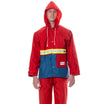
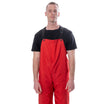
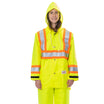
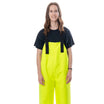
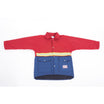
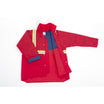

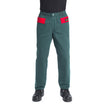
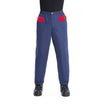
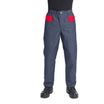
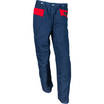
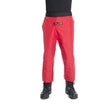
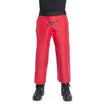
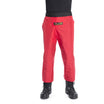
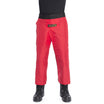
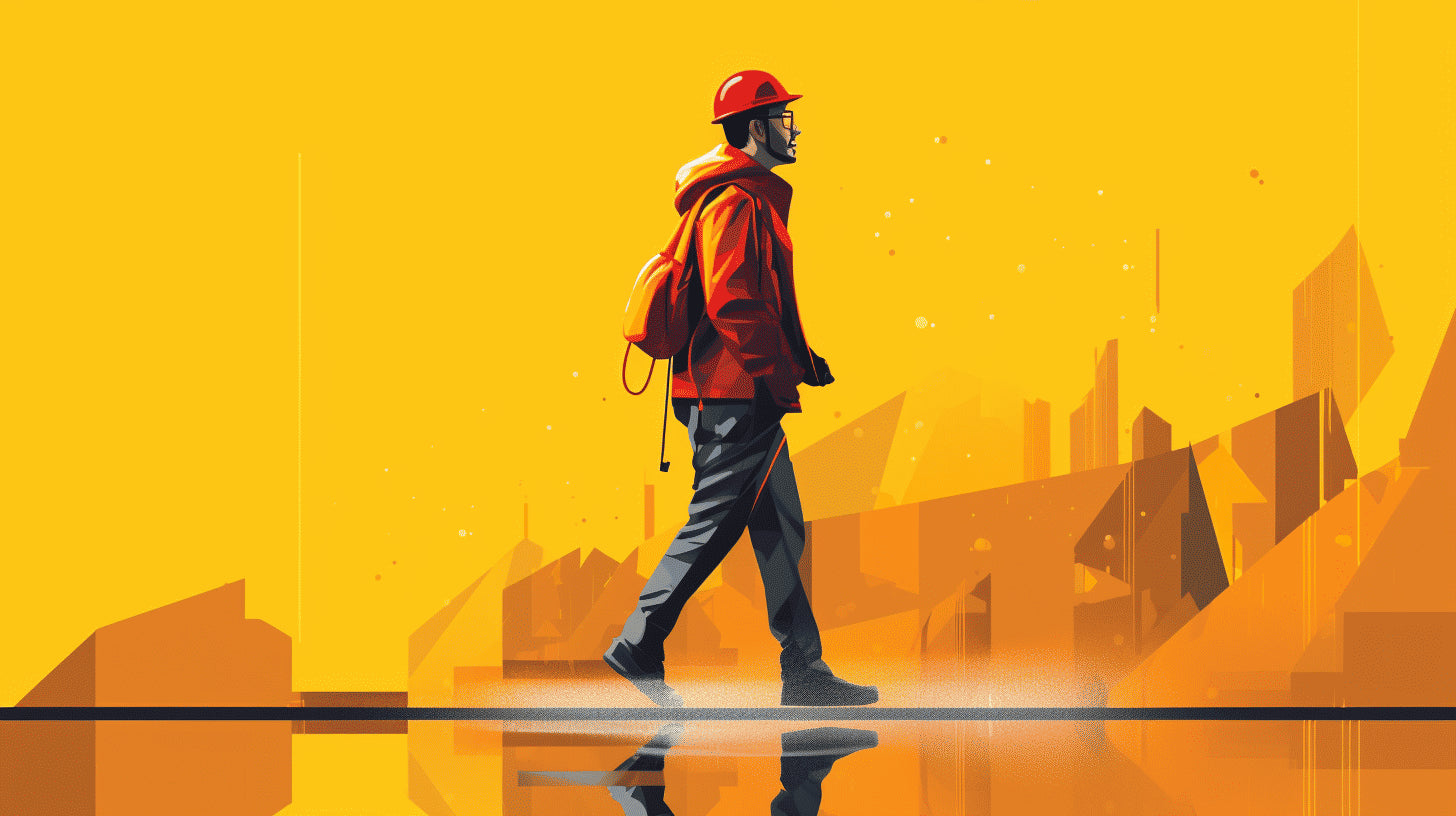
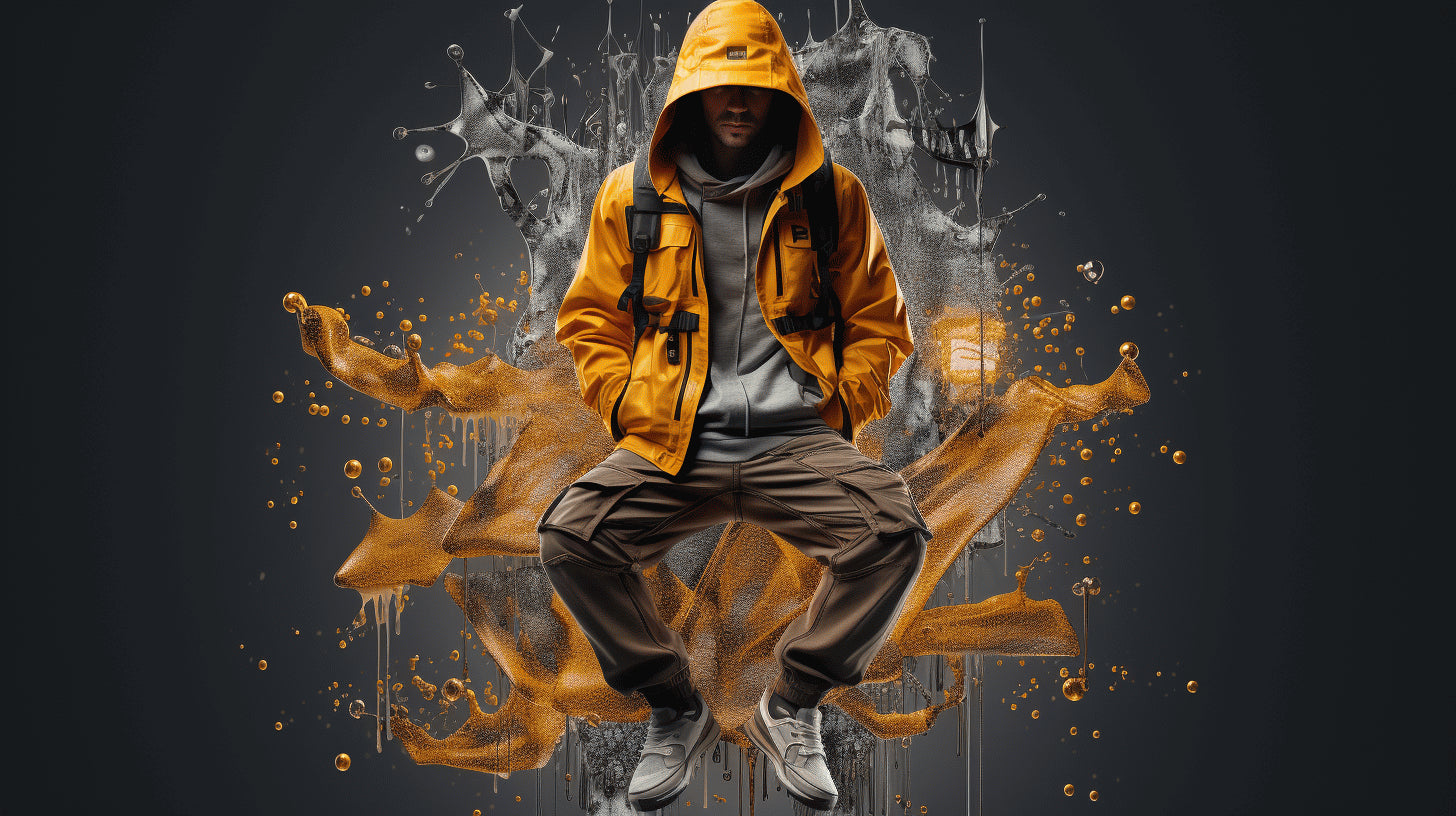
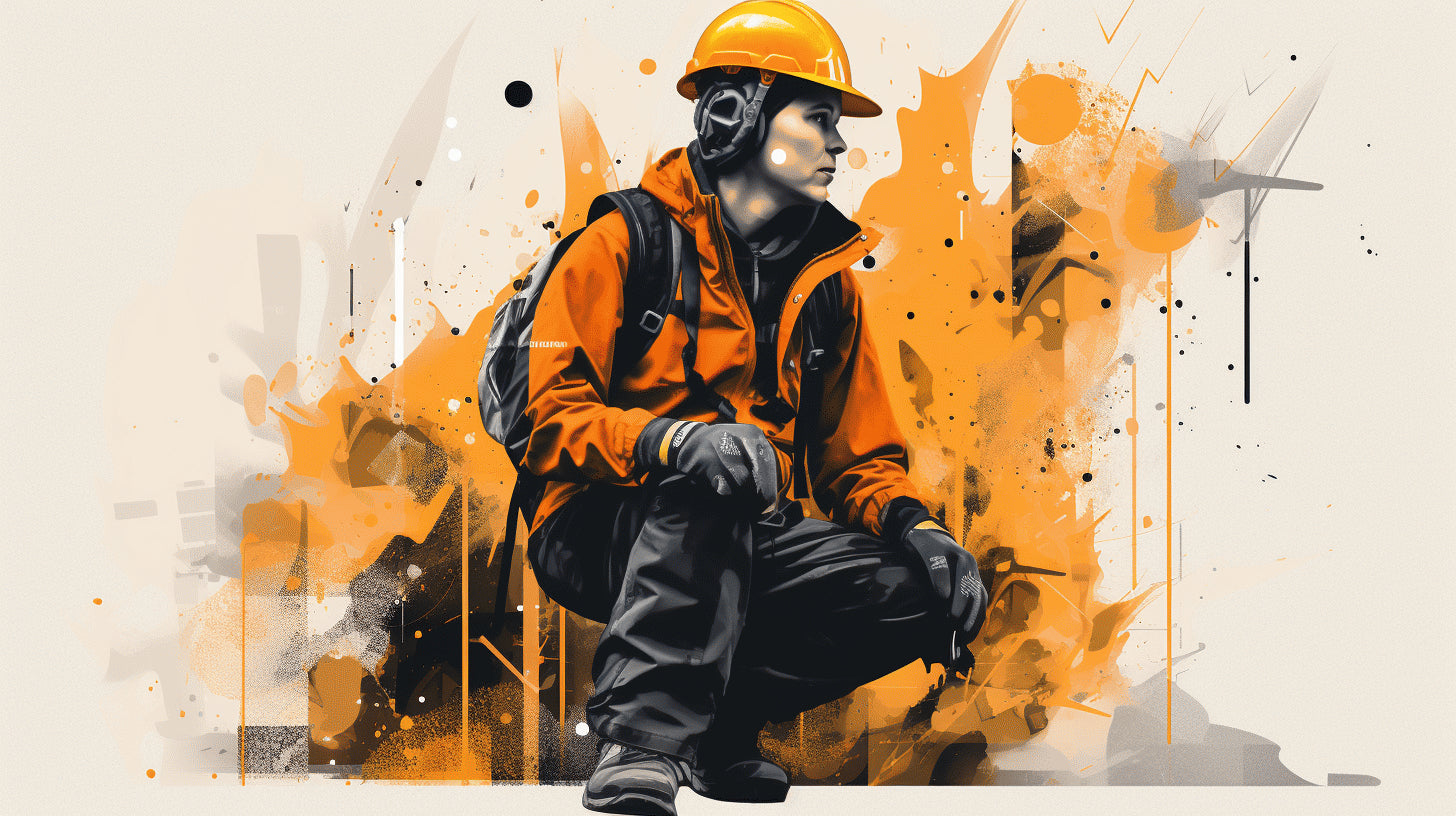
Leave a comment
This site is protected by hCaptcha and the hCaptcha Privacy Policy and Terms of Service apply.